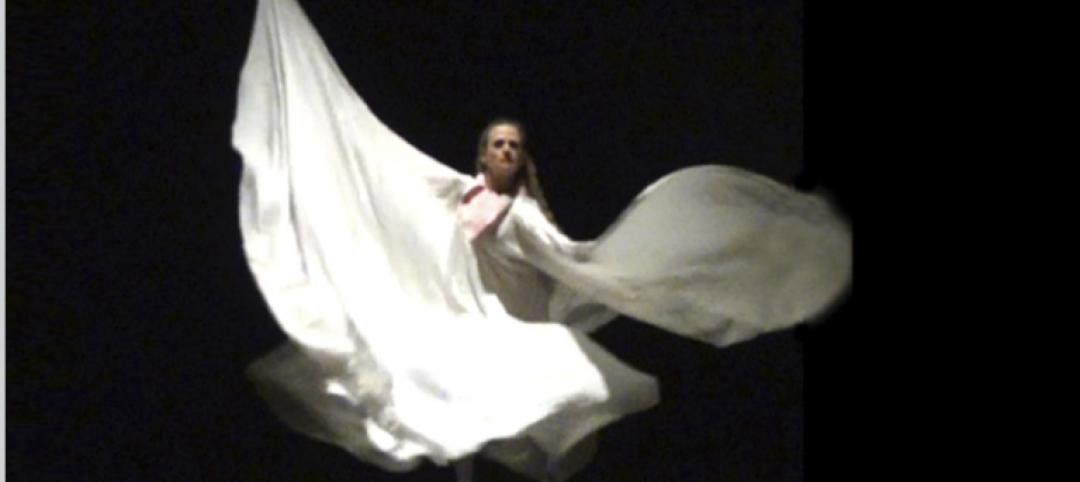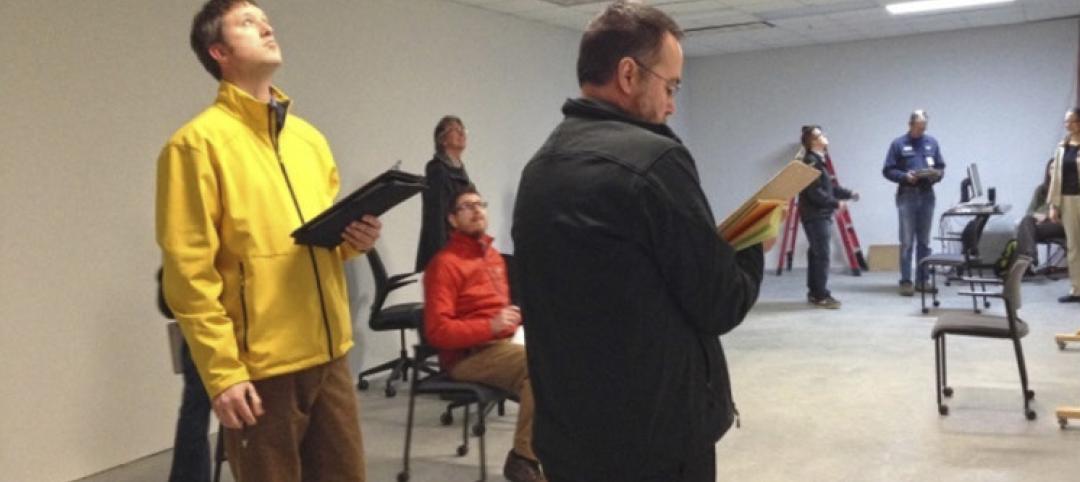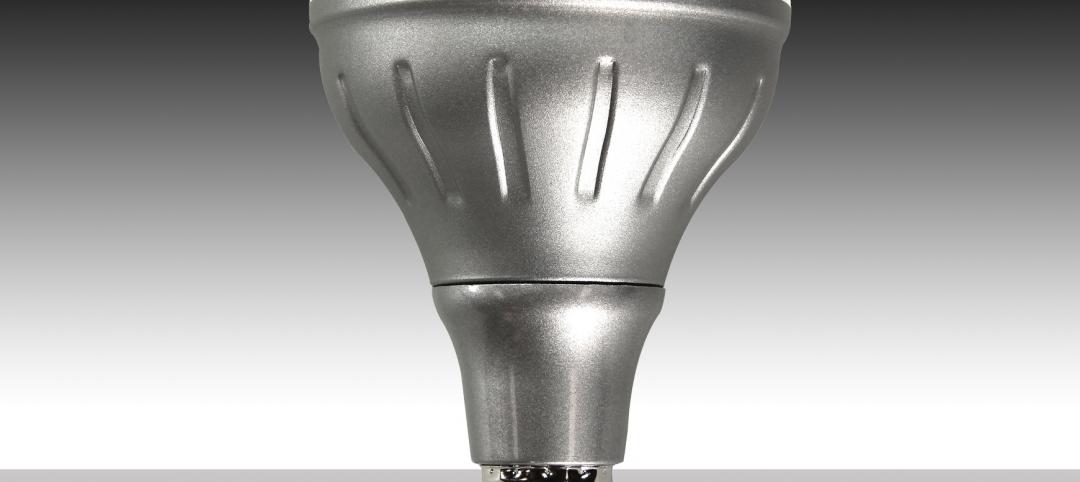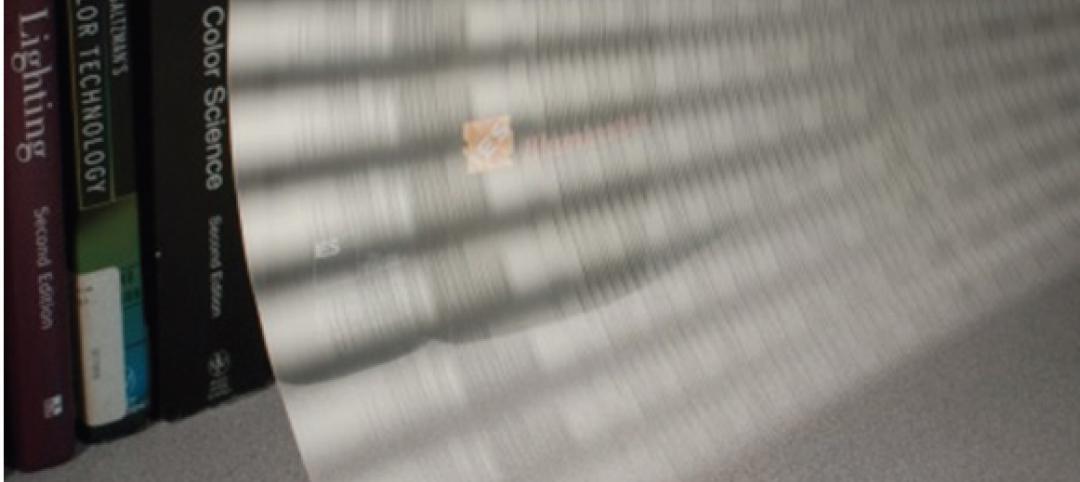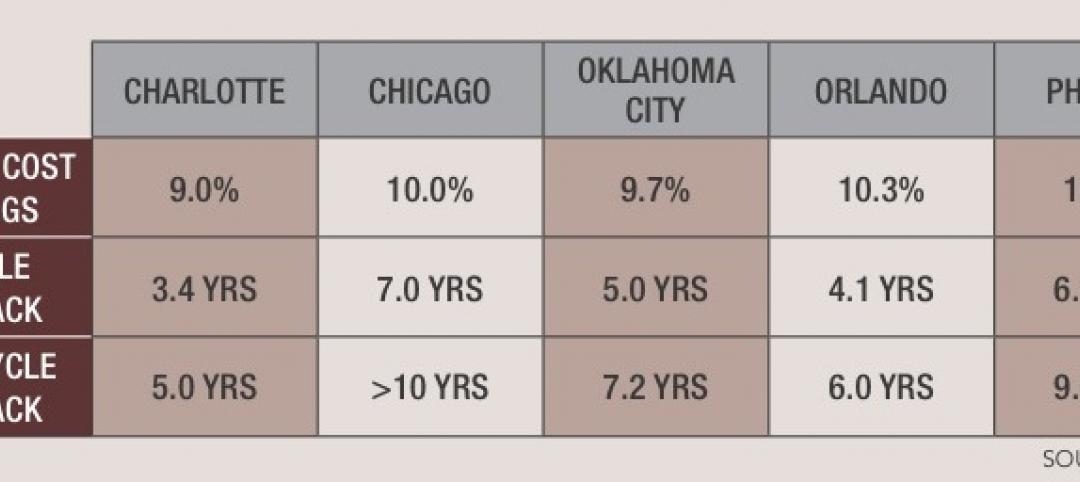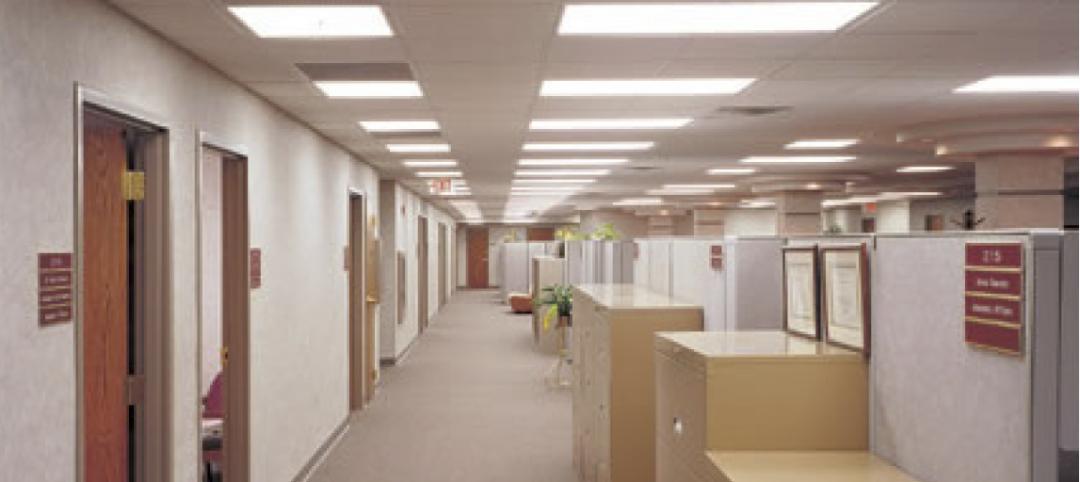The U.S. Department of Energy has published a fact sheet that looks at what's known — and not known — about the effects of lighting on human health, with specific reference to LEDs. Entitled Lighting for Health: LEDs in the New Age of Illumination, it's based on a recent article by 14 leading researchers, which appeared in the journal Trends in Neurosciences. The article focused on the current state of knowledge about nonvisual photoreception and how it can be applied in the field today.
Recent research has greatly advanced our understanding that light not only enables vision, but is also a critical signal to our biological systems, affecting circadian rhythms, pupillary response, alertness, and more. However, applying early research findings to widespread lighting practices must be done with great caution, if it's ready to be done at all.
Inherently, LEDs are neither more hazardous nor more beneficial to human health than any other type of light source, but their spectral power distribution can be engineered to maximize human health and productivity—provided that the parameters for doing so are known. However, our understanding of those parameters is incomplete, and light that's beneficial during the day may be harmful at night, and its effect may vary significantly between individuals in a given space.
At present, there are many details to be considered, but few definitive answers to important questions about the effect of light on different users. Specifiers and consumers must understand that no lighting product is a panacea, that any benefits are dependent on the proper use of the product, and that without a thorough understanding, harm may even be done.
Published May 2014.
Related Stories
Sponsored | Performing Arts Centers | Jan 17, 2024
Performance-based facilities for performing arts boost the bottom line
A look at design trends for “budget-wise” performing arts facilities reveals ways in which well-planned and well-built facilities help performers and audiences get the most out of the arts. This continuing education course is worth 1.0 AIA learning unit.
Sponsored | BD+C University Course | Apr 1, 2022
Video surveillance systems for multifamily housing projects
This introductory course provides detailed technical information and advice from security expert Michael Silva, CPP, on designing a video surveillance system for multifamily housing communities – apartments, condominiums, townhouses, or senior living communities. Technical advice on choosing the right type of cameras and optimizing the exterior lighting for their use is offered.





